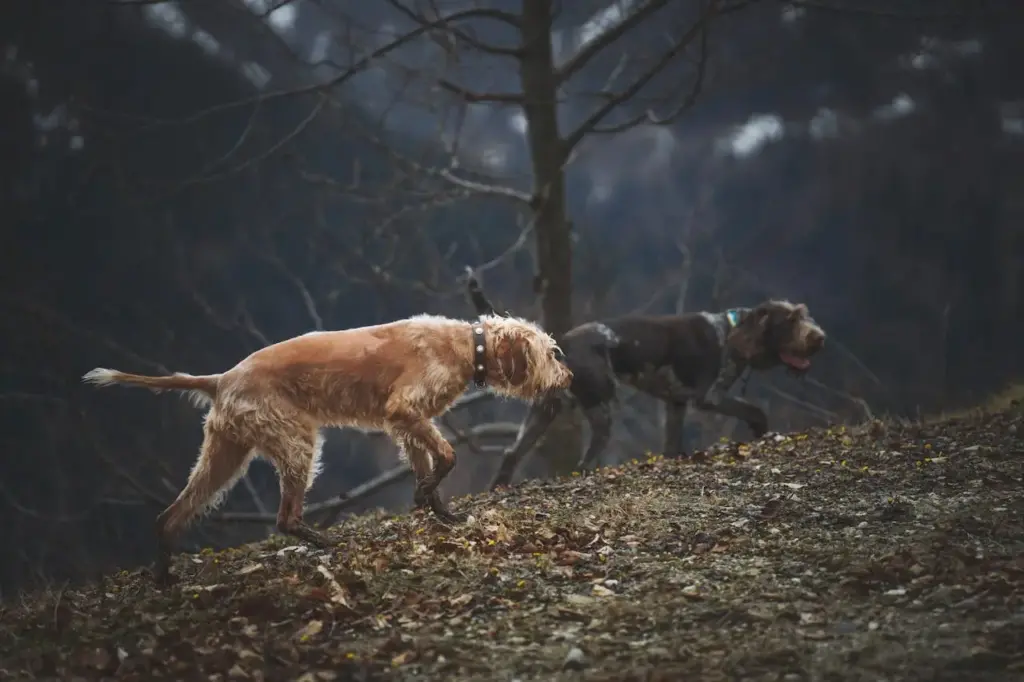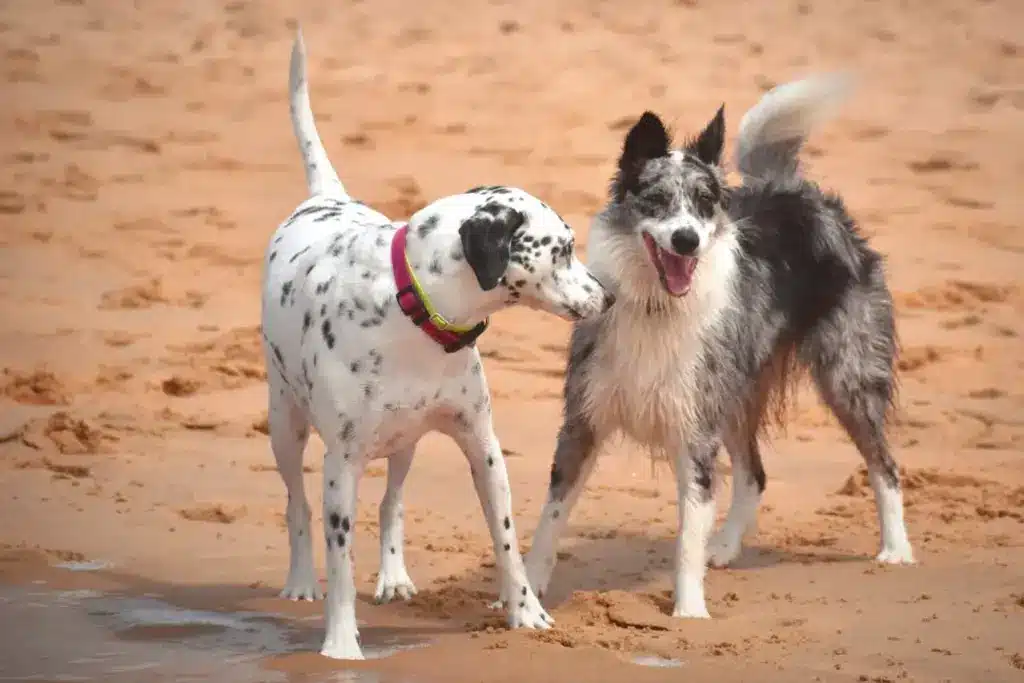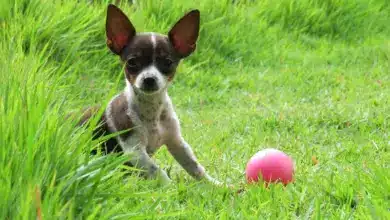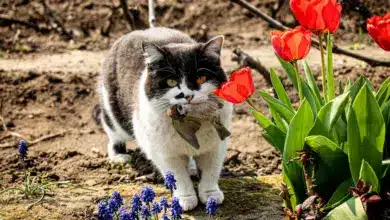From Wild to Domestic: The Evolution of Dogs
Dogs have held a special place in human hearts for millennia, serving as loyal companions, protectors, and even symbols of cultural significance. Their presence in our lives is so profound that it’s hard to imagine a time without them. The bond between humans and dogs transcends mere companionship. It’s a relationship built on mutual trust, understanding, and an unspoken connection that has evolved over thousands of years.
Early Ancestors
Long before dogs became our faithful companions, their ancestors are among the formidable predators roaming the wild. These early ancestors, known as wolves, were adept hunters with keen instincts and a strong pack mentality. Their survival depended on their ability to work together, communicate effectively, and adapt to the harsh conditions of their environment.
The environment and lifestyle of ancient wolves were vastly different from what we see in domestic dogs today. Wolves lived in diverse habitats ranging from dense forests to open plains, constantly on the move in search of food. Their diets consisted mainly of large prey such as deer, elk, and other herbivores.
Today, dogs retain many of the physical and behavioral traits of their wild ancestors, but selective breeding has introduced significant changes. Understanding these changes helps us provide better care and nutrition for our canine companions. For more detailed information on various dog breeds and their specific needs, you can visit resources available at AllThingsDogs.com

Domestication Process
The domestication of dogs likely began when wolves started scavenging near human settlements, drawn by food remnants. This mutually beneficial relationship led to the tamest wolves being welcomed into human society. Over generations, humans selectively bred these wolves, amplifying traits that made them better companions.
Domestication significantly changed the living requirements of dogs. Unlike their wild ancestors, domesticated dogs no longer needed to hunt for their food or travel vast distances. Instead, they adapted to living in human homes and environments. This shift also meant changes in their nutritional needs, as domesticated dogs relied on humans for their diet. Understanding specific requirements, such as the American Bully nutritional needs, is crucial for providing the best care for these breeds, ensuring they remain healthy and well-adjusted in their domestic lives.
Evolutionary Changes
As dogs transitioned from wild wolves to domesticated companions, they underwent significant physical and behavioral changes. Selective breeding over generations led to variations in size, coat color, ear shape, and tail type, resulting in the diverse array of dog breeds we see today. These changes were not merely cosmetic; they also influenced dogs’ abilities to perform specific tasks, such as hunting, herding, and guarding.
Behaviorally, domesticated dogs became more docile and trainable compared to their wild ancestors. They developed a greater capacity to understand and respond to human cues and emotions. Genetic evidence supports these changes, showing distinct differences between the genomes of modern dogs and ancient wolves.
Breed Development
As human societies evolved, so did the roles and functions of dogs. The emergence of specific breeds tailored for particular tasks became more pronounced through selective breeding. This process allowed humans to enhance desirable traits and create dogs that were highly specialized for various roles such as hunting, herding, guarding, and companionship.
Selective breeding played a crucial role in shaping modern dog breeds. Early breeders focused on developing dogs with specific physical and behavioral traits that suited their needs. For example, Greyhounds were bred for their speed and agility, making them excellent hunting dogs, while Border Collies were developed for their intelligence and herding abilities. This careful selection process not only enhanced specific traits but also introduced significant diversity within the canine population.

Modern Dogs
Today, dogs serve an even broader array of roles in human society. Beyond their traditional functions of hunting, herding, and guarding, modern dogs have taken on new roles as therapy animals, service dogs, search and rescue dogs, and even actors in the entertainment industry. Their versatility and adaptability have made them invaluable in various fields, showcasing their unique ability to integrate into different aspects of human life.
The bond between humans and dogs has only strengthened over time. Dogs are now considered part of the family in many households, receiving a level of care and attention that reflects their important status. The understanding of their needs has also evolved, leading to advancements in veterinary medicine, nutrition, and training techniques.
Wrapping Up
From wild wolves to beloved pets, the evolution of dogs is a testament to their adaptability and the strength of the human-animal bond. Understanding their history enriches our appreciation for these loyal companions. As we continue to care for and nurture dogs, recognizing their unique needs and roles ensures a harmonious future. This enduring relationship, built over millennia, remains a cornerstone of human and canine connection.


